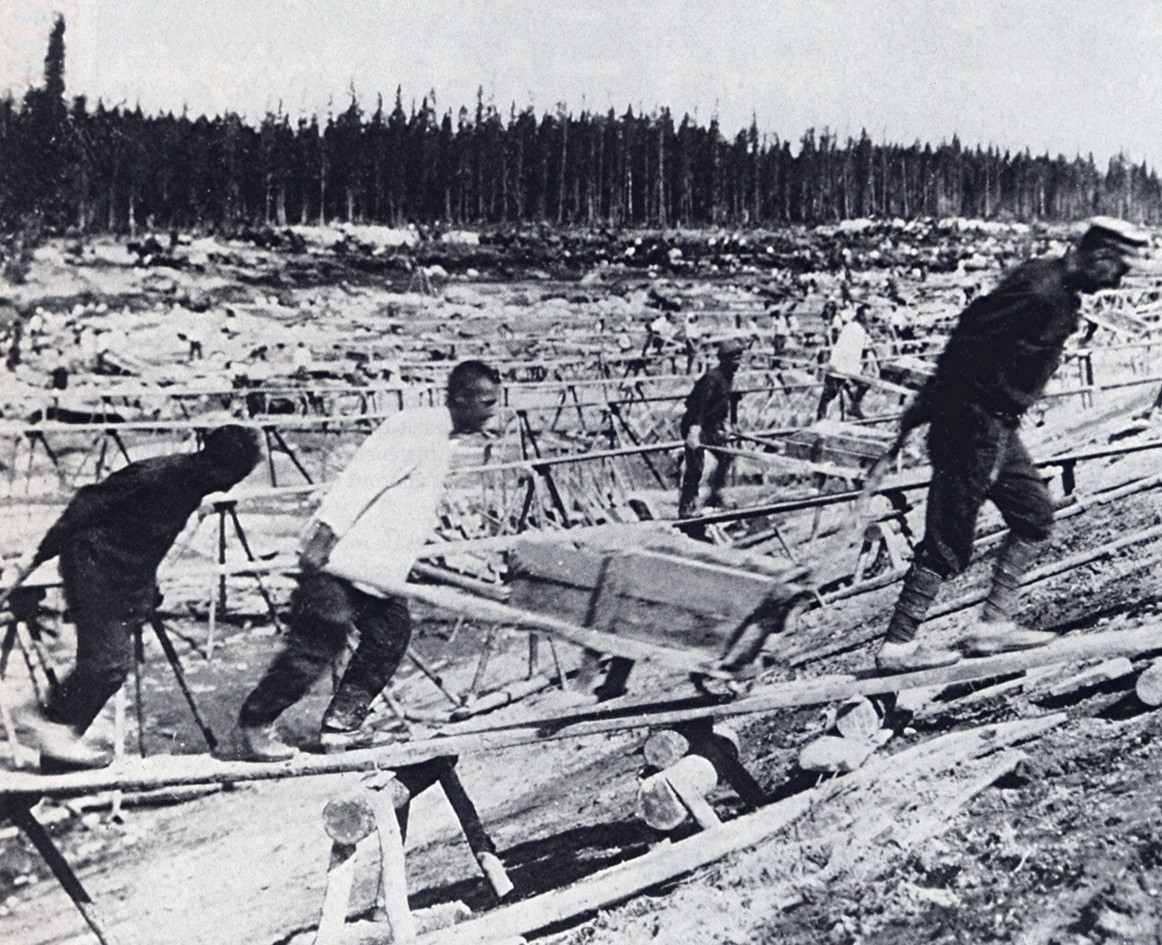On the night of 9 to 10 February 1940, the first of four major deportations of Poles from the Eastern Borderlands of the Second Polish Republic deep into the Soviet Union took place. Whole families were sentenced regardless of age or state of health for the journey which took place in inhuman conditions, with frosts as low as -40 degrees. The conditions of “residence” at the destination did not guarantee that even basic needs would be met, and the deportees were sent to the hardest physical work.
As a result of the German-Soviet agreements, the territories of the Second Polish Republic east of the Pisa, Narew, Bug and San rivers were under Soviet occupation. Joseph Stalin’s national minorities policy was to eliminate the Polish population from these territories as ‘dangerous’, that is, resistant to Soviet propaganda and difficult to transform into ‘Soviet people’.
As part of the first deportation, people working for the Polish state, who were the most active by virtue of their occupation, were removed firstly. They were mainly military settlers and forestry servants, together with their entire families. The Poles were deported in freight wagons to the Komi, Yakutsk, Bashkir and Kazakh republics, the Altai and Krasnoyarsk Krai and the northern ends of the USSR. The deportees were forced into exhausting work in gulags, in mines and in the taiga, such as logging, in areas where food was hard to find.
The situation of the deported families was even more difficult because the Polish did not expect such actions. It was a rule of the NKVD functionaries to break the already restrictive instructions on what the deportees were allowed to take and how much time they had to pack their belongings. Often victims were not even given the opportunity to take food, warmer clothes for the children and so on. Sometimes, however, there were officers who hinted to the stunned parents which things they should take in the first place, resulting in an increased chance of survival at the time.
The first deportation involved more than 140,000 people. A small number of deportees managed to escape from the USSR with the Anders Army. The deported Poles had the opportunity to return to Poland in 1946, but the mortality rate during the war was very high, so many did not return to their homeland.





